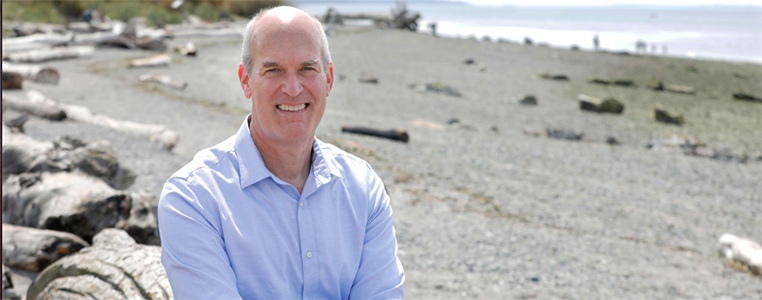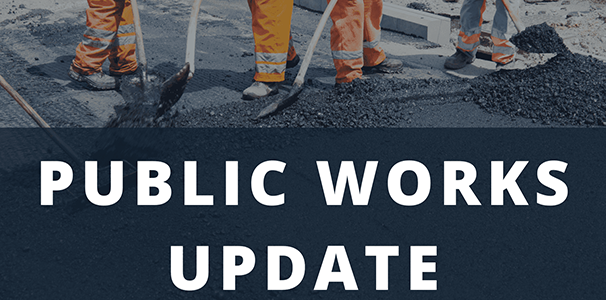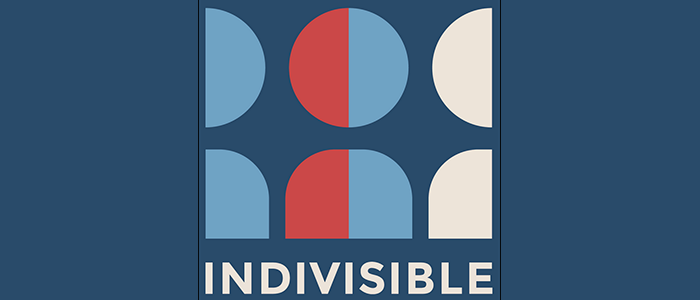–from Miriam Ziegler–
This letter is in response to Peg Manning’s comment following Martha Farish’s excellent “Guest Opinion: Broad Public Input Needed in School’s Bond Discussion,” published 9/19/16.
I cannot address Peg’s question about construction costs of the track and the anticipated maintenance costs. What I do have is information about the number of students who participate in music programs in the current very inadequate music classroom. The numbers of students enrolled this year in the music classes that meet in the existing school music classroom, which is in the elementary building, are as follows:
Elementary students Grades 1 – 4:
146 elementary students, each having class once a week (This includes every elementary student, including Oasis; they come to classes in groups of 22 to 31 students at a time, and use keyboards, drums, bells, and many other instruments in their classes.)
String Classes – Grades 5 – 12:
48 students total
- 5th grade strings – 11 students, 2 classes each week
- 6th grade strings – 12 students, 3 classes each week
- Middle school strings – 14 students, 5 classes each week
- High school strings – 11 students, 5 classes each week
(The numbers above do not include the students participating in band classes, which meet in the excellent band room, constructed as part of the Phase II projects.) The present desperately crowded music classroom must accommodate (in addition to the students themselves) instrument and equipment storage including a piano, files, and the teacher’s desk.
The number of string students has increased significantly over the past several years, and the space required per student for playing stringed instruments is larger than that required per student in a standard classroom. In recent years the Orcas string students have participated in many regional music competitions and festivals and have received top awards for their excellent performances.
I understand it, music is a required part of all Washington schools’ academic curricula. The extensive research on the contribution of playing musical instruments to students’ cognitive and social development, starting at an early age, is very impressive; music training directly benefits language and literacy skills. (See, for example, the slideshow link to “Music and the Brain” at brainvolts.northwestern.edu/projects/music/index.php.) The planned new music classroom was cut from the Phase II construction because of financial constraints, and in my view, that classroom is an urgent need that should be included in the Phase III proposal.
I agree with other letter writers that a school bond should primarily benefit school programs and the education mission of the Orcas Island School District, and that community use of facilities should not drive funding decisions. The highest priority, as members of the School Board have made very clear, is the health and safety of the students and staff at the school. Music and athletic programs both provide significant benefits to students, and both programs deserve funding – the questions for the School Board and the community to ponder in the face of practical funding constraints due to lack of state support for education are the priorities to assign to different projects.
In my view, the paramount consideration in allocating funding among options for the proposed bond issue should be based entirely on separate evaluations of the contributions of each possible option to meeting the current and future needs of the students and the school’s programs. I urge as many community members as possible to attend the last community forum about the bond on Wed. 9/21 (5:30-7:30 pm in the school cafeteria), to learn about the bond proposal (still very much in the development stage) and to provide their own input and hear input from other citizens.
**If you are reading theOrcasonian for free, thank your fellow islanders. If you would like to support theOrcasonian CLICK HERE to set your modestly-priced, voluntary subscription. Otherwise, no worries; we’re happy to share with you.**








Miriam provides some of the information I thought would be helpful to the community in evaluating what seem to be competing proposals for a track and expanded music rooms–how many students participate in each program. The music programs seem to be popular and successful.
Music and track are not competing proposals, nor do they compete with the much-needed maintenance items. As I understand it, there will be a bond proposed on the mid-winter ballot., which will include funds for various different projects. Through the community meetings, the school board hopes to identify what projects should be included in the budget for the bond. Of course, the school board hopes that the bond will pass (as do I), so they are getting feedback on what the community wants and will support. I share Miriam Ziegler’s suggestion that the community and the school board should evaluate each proposal on its own merits.
I too “share Miriam Ziegler’s suggestion that the community and the school board should evaluate each proposal on its own merits.”
I’ll be at the meeting tomorrow too and hope many readers will attend and encourage others to attend also.
In bouncing around the Internet I found that the community of Shinglehouse, PA, population 1300, is in a project to raise $308,000 as a contribution toward building a track for Shinglehouse High School. The total construction cost is estimated at near $800,000 for an 8 lane rubber based 400 meter track. Interesting! Also found where some schools build 4 and 6 lane tracks to hold costs down.
Quote from Miriam’s notes above.
“In my view, the paramount consideration in allocating funding among options for the proposed bond issue should be based entirely on separate evaluations of the contributions of each possible option to meeting the current and future needs of the students and the school’s programs”.
Absolutely!!